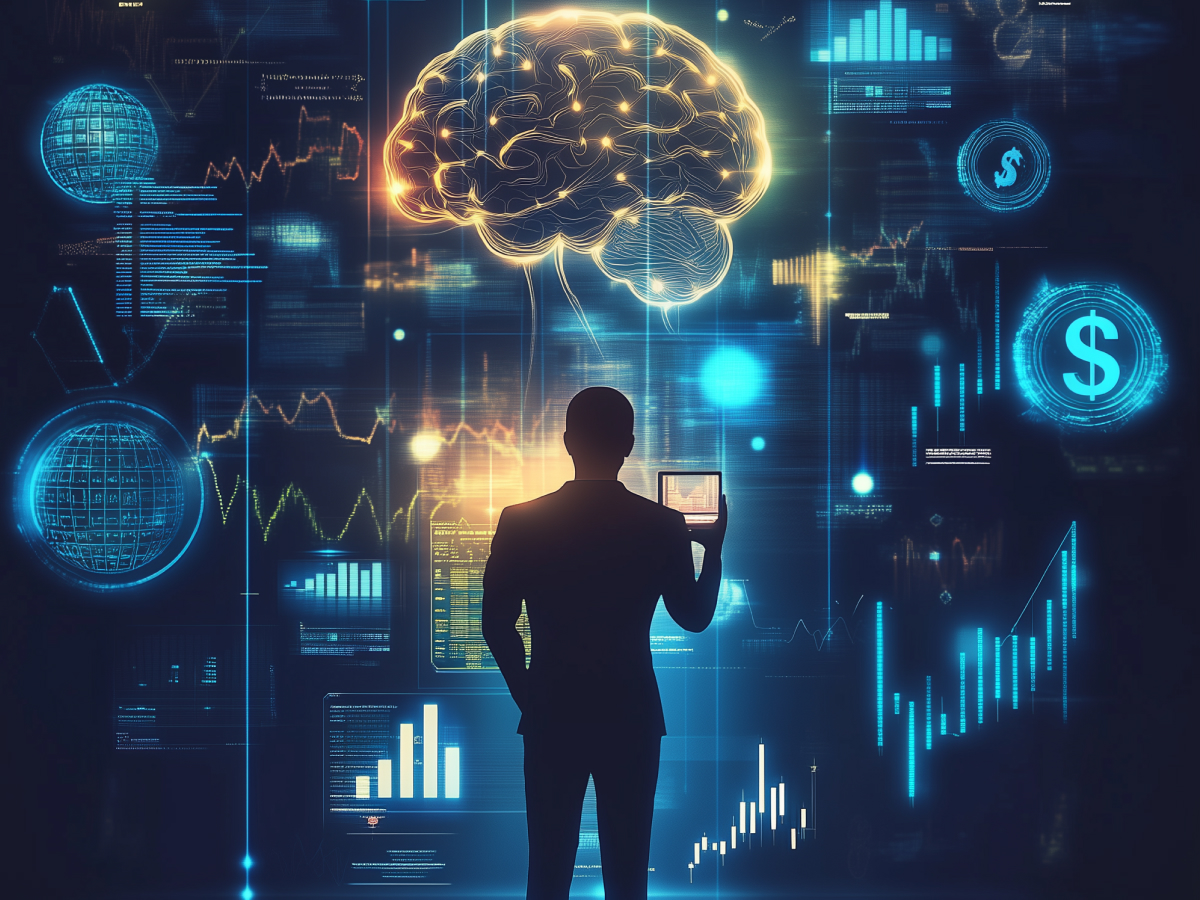Conversational AI will redefine customer service
By 2025, conversational AI will fundamentally change how businesses interact with customers. Imagine a world where a customer can return an online purchase simply by stating their intention, no more clicking through menus or filling out forms. This kind of smooth interaction is an imminent reality.
The key to making this work? Data. Poor-quality data leads to poor-quality outcomes. Imagine asking a customer service chatbot for a refund, only to be misunderstood because the AI wasn’t trained on accurate, timely, or relevant information. That’s the type of frustration that drives customers away and erodes trust. On the other hand, a system trained with comprehensive data can deliver answers in real-time, offering a personalized experience that feels almost human.
For businesses, the message is clear: invest in the quality of your data. AI systems thrive on precision, and it’s this precision that will differentiate companies offering exceptional customer service from those merely playing catch-up. The winners in this space will be the ones who treat their data pipeline as seriously as they treat customer experience itself.
AI will expand interactions in virtual and real-world applications
By 2025, AI will actively engage with the world on our behalf. Think of an AI system in your car that handles the complexities of city driving or drones that autonomously manage deliveries, adjusting for weather or traffic in real-time. These are the next logical step in AI application.
In the virtual space, AI will become your personal digital assistant, capable of operating software, organizing complex workflows, and even making decisions. It will bridge the gap between virtual and physical domains, creating a dynamic interaction layer that feels almost invisible to the user.
One of the most influential use cases? Language translation. AI-driven tools will make real-time, accurate translations standard, breaking down barriers that have historically divided people and cultures. This is going to change entire industries by opening new markets and connecting teams that once struggled to communicate.
But there are challenges, particularly around ethics, security, and governance. The systems we’re building will be powerful, and with power comes responsibility. Companies must think carefully about the rules they set and the safeguards they implement. AI will shape the world, but it’s up to us to shape the AI.
AI implementation will pose key challenges for businesses
Companies looking to integrate AI into their operations will face hurdles that require thoughtful strategies to overcome. One major issue is data integration, bringing together disparate systems and datasets into a cohesive structure is easier said than done.
Privacy concerns and regulatory compliance will also weigh heavily on decision-makers. Consumers and governments are demanding stricter controls over how data is collected, stored, and used. Missteps here can be costly, in fines and in public trust.
Then there’s scalability. AI systems need infrastructure, and scaling these systems requires a comprehensive foundation. Talent shortages in AI expertise compound the problem. Right now, the demand for skilled AI professionals far outpaces the supply, making it difficult to build and maintain the necessary teams.
Cost is another barrier. AI isn’t cheap, and while the ROI can be huge, the upfront investment in infrastructure, tools, and talent can feel daunting. Companies that succeed will prioritize fairness and ethics, because it’s the right thing to do and because it builds trust in their systems.
The takeaway? Businesses must think long-term. Strategic investments in technology and people will separate those who thrive from those who stall.
AI-driven development and automation will dominate software trends
The future of software development is written in the language of automation and AI. By 2025, development will be about designing systems that write the code for you. This shift is driven by low-code platforms and automation tools that make the process faster, smarter, and less error-prone.
Developers will focus less on repetitive tasks and more on strategic problem-solving. AI will take care of the grunt work, generating boilerplate code, debugging, and even suggesting architectural improvements. The time saved will be reinvested in innovation, allowing teams to tackle more ambitious projects.
Such a trend aligns with a broader movement to modernize outdated tech stacks. Legacy systems are often the bottleneck for progress, but with AI-driven tools, these barriers can be dismantled, bringing old infrastructure into the modern era. Businesses that embrace this shift will see a tangible edge in speed, efficiency, and creativity.
Tailored AI strategies will be unavoidable for businesses
AI isn’t one-size-fits-all. By 2025, businesses will need to move away from chasing buzzwords and start focusing on solutions tailored to their unique needs. Agentic AI, for example, offers immense potential, it can act with autonomy and solve complex problems, but it’s not the answer to everything. Blindly adopting trendy technologies can lead to wasted resources and misaligned priorities.
What’s the alternative? A measured approach. Leaders need to assess their goals and build AI strategies that align with them. It’s about solving specific problems, not adopting AI for AI’s sake. Companies that do this well will save money and create systems that deliver measurable value.
Key takeaways
The software developer of 2025 will look nothing like the coder of today. Traditional programming is giving way to strategic thinking, and the tools developers use are becoming more sophisticated. Generative AI will automate many coding tasks, turning developers into designers and problem-solvers.
Low-code platforms will play a huge part in this. They help developers build complex systems without diving into the minutiae of syntax and debugging. The result? Faster development cycles and a focus on high-value tasks.
Multimodal communication will also change the way we interact with AI. Developers will work with images, voice, and other content types to collaborate with AI systems. Such a change will make development more intuitive and open up new possibilities for creativity.
The bottom line? Developers won’t disappear, they’ll diversify. The businesses that recognize and support this transformation will lead the way in innovation.





